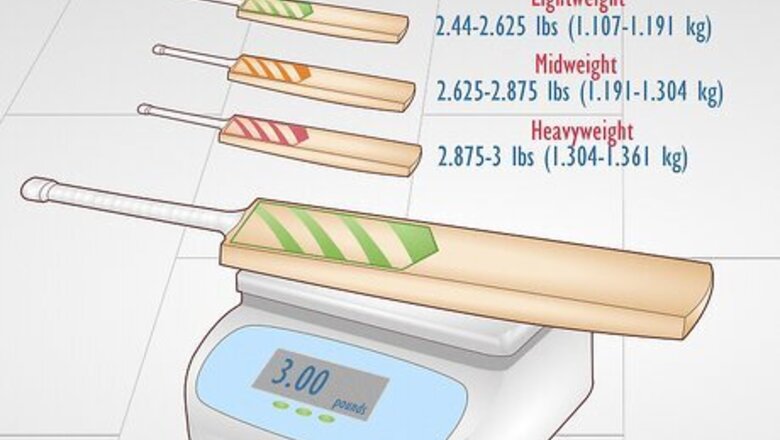
views
Other Considerations for Choosing a Cricket Bat
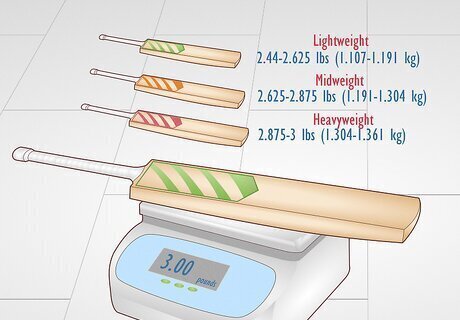
Bat weight Cricket bats typically weigh between 2.44–3 pounds (1.11–1.36 kg) and are split into 3 different classifications. Lighter bats give you a faster, smoother swing, but your hits might not be as powerful. Heavier bats give you more power, but they’re slower to swing. Lightweight: 2.44–2.625 pounds (1.107–1.191 kg) Midweight: 2.625–2.875 pounds (1.191–1.304 kg) Heavyweight: 2.875–3 pounds (1.304–1.361 kg)
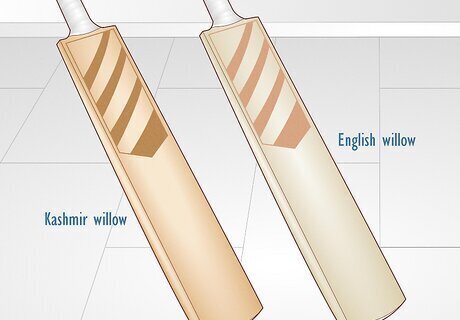
Bat material Cricket bats are typically made Kashmir willow or English willow. If you’re a beginner playing with softballs or tennis balls, use a heavier Kashmir cricket bat made from denser wood. When you’re playing with a hard ball and want the best performance, get a lighter English willow bat instead. Kashmir willow cricket bats are usually best for kids and younger players because they’re more durable.
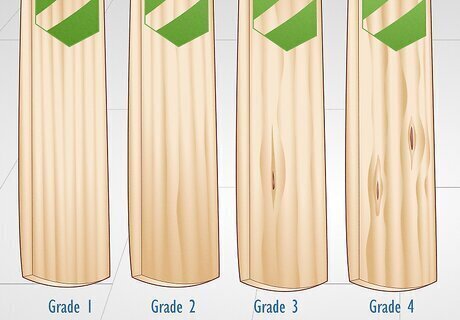
Willow grades The willow grade refers to the quality of the willow wood used to make the bat. Grades are usually determined by the number and straightness of the wood grains, the color, the density, and blemishes on the surface. While Grade 1 is usually considered the best quality, most of the differences are aesthetic. Grade 1: 6+ straight grains without any blemishes or discoloration on the wood Grade 2: ~6 grains that are mostly straight; some small blemishes or knots in the wood Grade 3: ~5 grains that may not be straight; different colors and small knots in the wood Grade 4: 4-5 grains that may be crooked; may have larger knots or blemishes in the wood
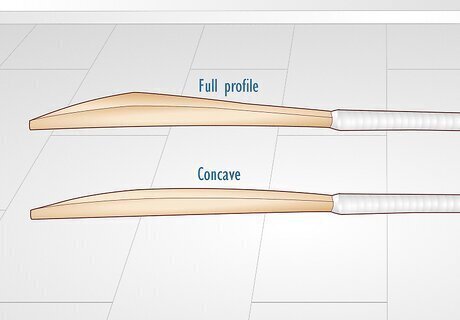
Bat profile Cricket bats are usually split between full and concave profiles. A full profile is thicker and has more wood on the back of the bat, so they can help you get more power but tend to be heavier. Concave bats have some of the wood taken out, so they’re lighter and easier to hold.
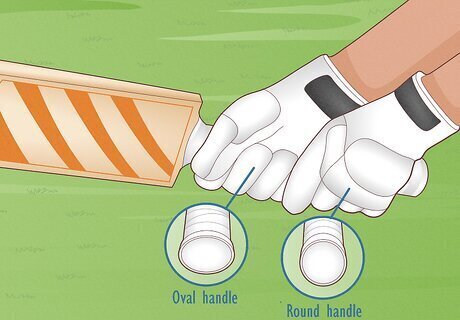
Handle shape Cricket bat handles are usually oval-shaped or round, and what you choose depends on what feels most comfortable in your grip. Oval handles can give you a lot more control of the bat with your top hand, but they’re a little tougher to grip. Round handles give you control with your bottom hand, which can help out if you’re a power hitter.
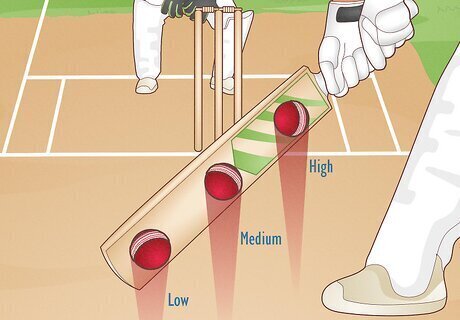
Batting style Cricket bats are pretty versatile regardless of your batting style, but it can make a little difference depending on where you hit the ball. Choosing a bat based on your batting style may help you improve your game. If you hit powerful, straight shots, choose a “low” bat that has a sweet spot closer to the end of the bat. If you play off of your front foot, use a “medium” bat with a sweet spot right in the middle. If you’re batting off your back foot or hit hook shots, then choose a “high” bat where the sweet spot is closer to the handle.
Difference Between Junior and Adult Cricket Bats
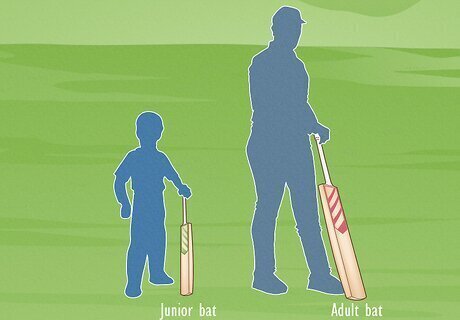
Junior bats are shorter, thinner, and lighter than adult bats. Junior bats are made for younger children or shorter players, so they’re smaller and easier to hold. As you keep playing cricket and move up into adult sizes, the bats get longer and have a larger surface area. The smallest junior bats are usually made with Kashmir willow, which is more durable but doesn’t give you a lot of power.
Short Handle vs. Long Handle Cricket Bats
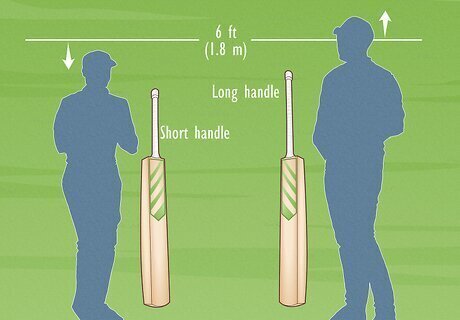
Short handles are standard, but long handles are good for taller players. Most cricket bats use short handles (SH), and they work best for players who are under 6 feet (1.8 m) tall. If you’re taller than 6 ft (1.8 m), a long handle (LH) can help you reach the ball without slouching or leaning in your stance.
How to Choose the Right Cricket Bat
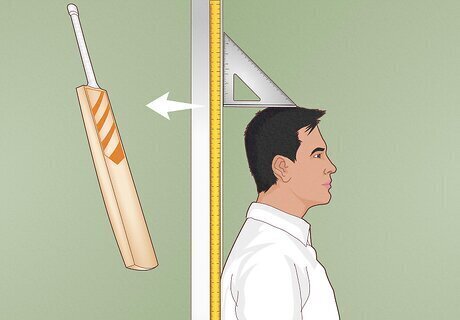
Select a bat size based on your height. Measure your height before purchasing a new bat so you know which size to get. If you’re torn between two different sizes, try picking them both up and doing a few practice swings to see what feels best.
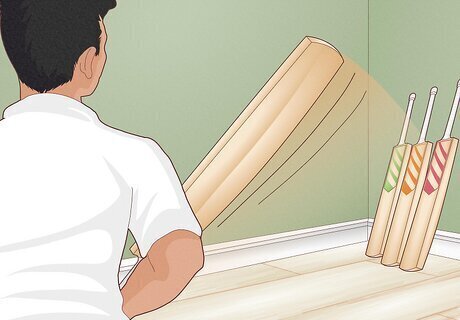
Pick the bat that feels the most comfortable. It takes a little trial and error to find a cricket bat that’s the perfect fit, so take a few test swings with each one. As long as you’re getting the right size for your height, the rest really comes down to your personal preference and what feels best.












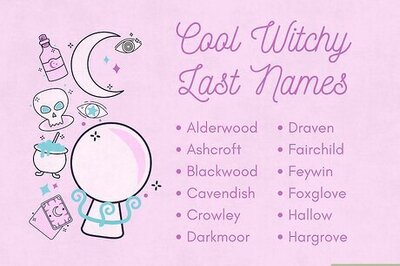
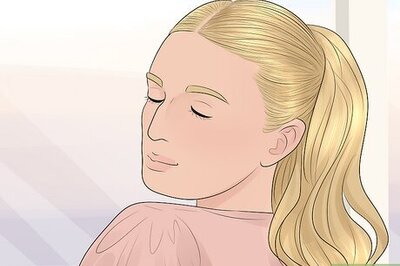
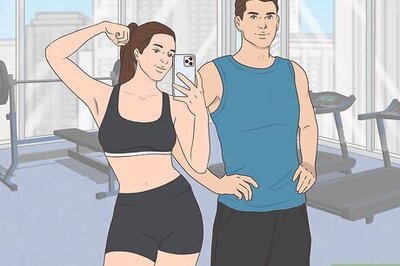
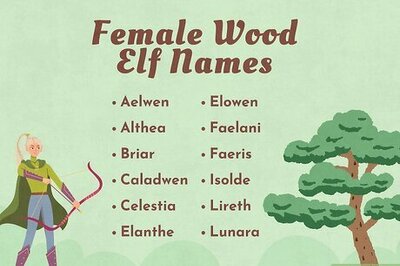
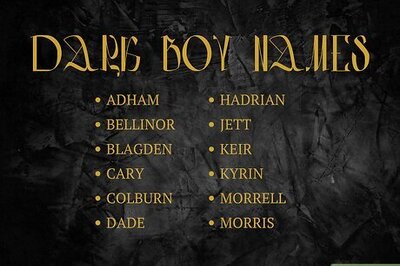
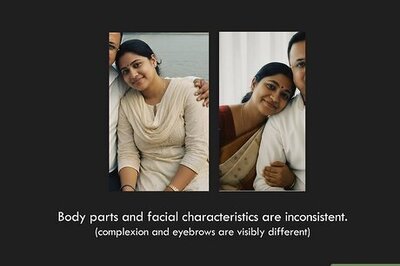


Comments
0 comment